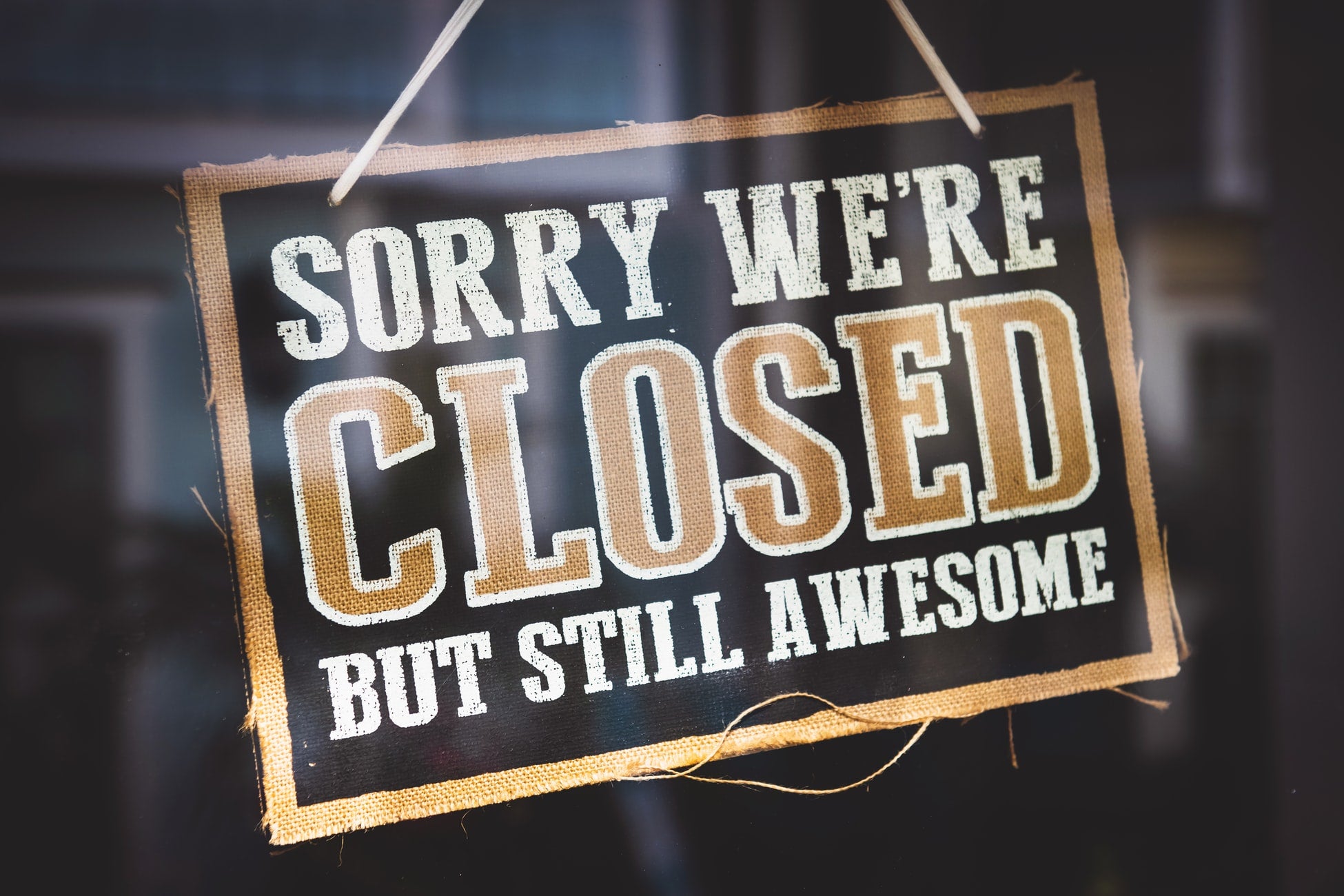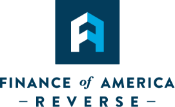If you are a small business owner, you probably feel the pressure from the COVID-19 trouble. Government officials are working to maintain the safety and health of the American people by encouraging non-essential small businesses to close. Unfortunately, the lack of activity during this time affects millions of people across the nation.
To help in this time of need, the government signed a stimulus package to help small businesses impacted by the COVID-19 outbreak. The U.S. Chamber Executive Vice President and Chief Policy Officer Neil Bradley held a town hall to explain how small businesses can receive a loan. Here is an overview of the general guidelines. The U.S. Chamber of Commerce site also provides a complete list of resources for small business owners.
The Small Business Association (SBA) is offering several loan programs, including the paycheck protection program. The program is designed to “help businesses keep their workforce employed during the Coronavirus (COVID-19) crisis.” Yes, this is a loan. However, it will essentially become a grant if you follow the program requirements. There is a form available on the U.S. Treasury site to apply for the program.
If you have fewer than 500 employees, you may be eligible for the program. The amount you receive is based on your average monthly payroll times 2.5 with the maximum amount of $10 million.
Eligibility requirements
Here is a summary of eligibility requirements from the U.S. Chamber of Commerce:
- A small business with 500 or fewer employees
- Defined as “small” by SBA Size Standard that allows for higher employee threshold or is revenue-based or a small business with a maximum tangible net worth up to $15 million and the average net income for full 2 fiscal years before application does not exceed $5 million
- A 501(c)(3) with 500 or fewer employees
- A sole proprietor, independent contractor, or self-employed
- A Tribal business concern that meets the SBA size standard
- A 501(c)(19) Veterans Organization that meets the SBA size standard
In addition, some special rules may make you eligible:
- If you are in the accommodation and food services sector (NAICS 72), the 500-employee rule is applied on a per physical location basis
- If you are operating as a franchise or receive financial assistance from an approved Small Business Investment Company the normal affiliation rules do not apply
- Small businesses that have minority shareholders (private equity or venture capital) can still qualify if those shareholders relinquish rights
Things to consider
If you already let employees go, you are still eligible as long as you bring them back. If they come back and stay with your company, then you will be elidable for full loan forgiveness. Keep in mind that the number of employees you have dictates the amount of loan forgiveness you will receive – if you have fewer employees than when the loan originated, you may not get the entire loan forgiven. If you can help it, you should make every effort to keep your employees. Aside from the human aspect, there are state and federal laws; for instance, if you have enough people over fifty years old that suffer employment loss, the Worker Adjustment and Retraining (WARN) Act may become an issue.
The program scheduled to be open till June 30, 2020; however, the government is advising borrowers to apply as soon as possible because once we reach the $350 billion cap, no more funds will be available. Also, given the high number of loan applications coming in, the processing time may draw out.
We hope that this information helps you navigate these difficult times. Remember to stay strong – we will get through this!
This article is intended for general informational and educational purposes only, and should not be construed as financial or tax advice. For more information about whether a reverse mortgage may be right for you, you should consult an independent financial advisor. For tax advice, please consult a tax professional.















I WANT TO KEEP UP TO DATE ON RETIREMENT TRENDS
Follow Us.